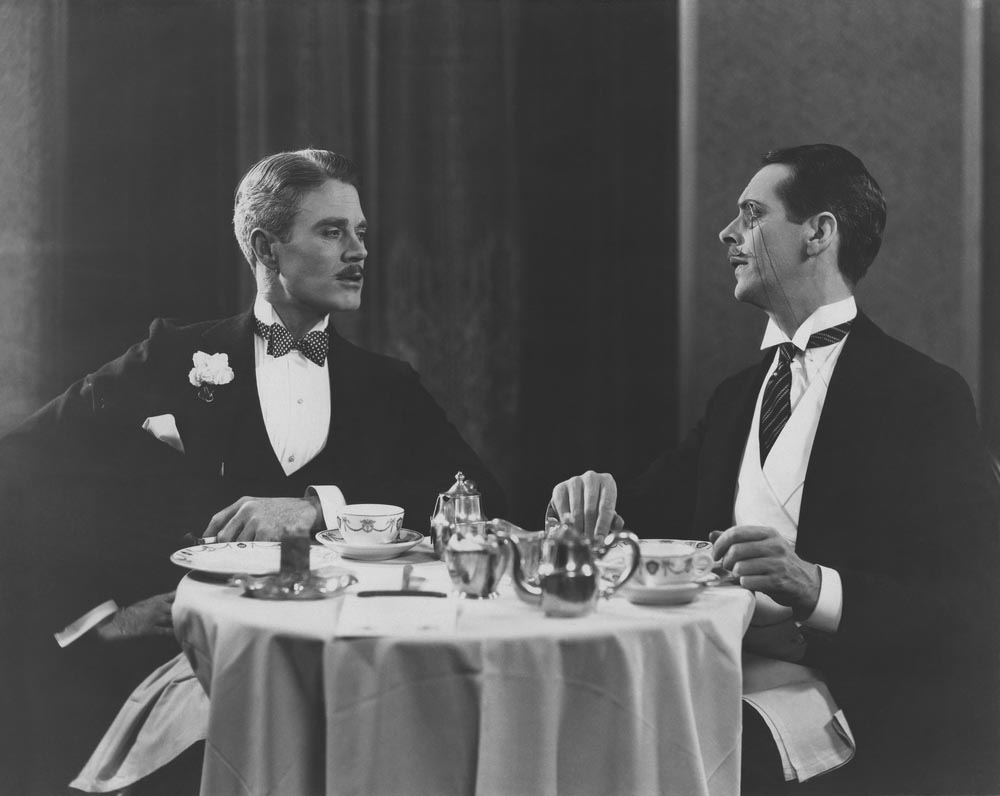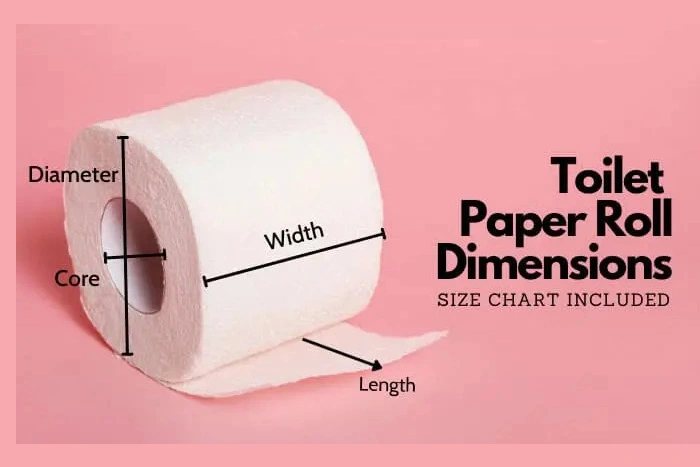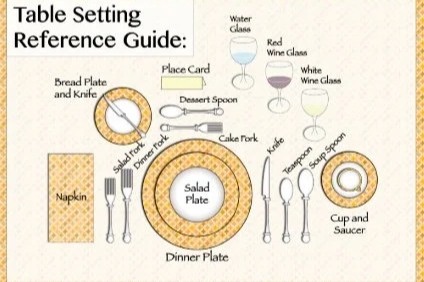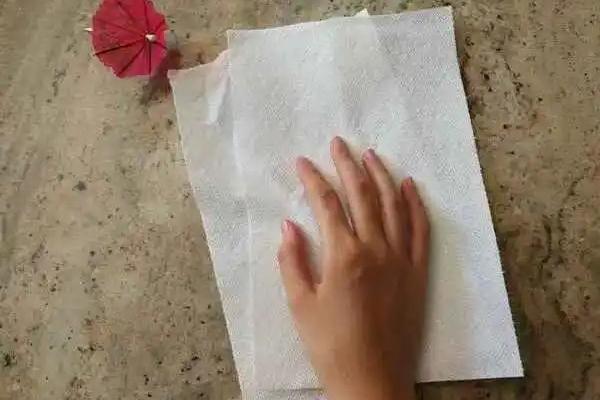
who invented napkins
When we sit down to enjoy a meal, whether it be a casual lunch or a formal dinner, one ubiquitous item graces our table setting: the napkin. This simple piece of fabric or paper is essential for maintaining cleanliness while dining. But have you ever wondered about its origins? In this article, we’ll unfold the history of napkins, their evolution, and how they became the dining staple they are today.
What Is a Napkin Made Of?
Napkins can be made from a variety of materials, each giving a different touch to the dining experience. Originally, napkins were made from warm, soft pieces of fabric like linen or cotton, which could be easily washed and reused. As we progressed into the modern era, the invention of paper napkins offered a disposable, convenient alternative. Today, whether you’re dabbing your lips with a cloth napkin at a high-end restaurant or using a paper one at a fast-food joint, the essence of napkins remains the same – cleanliness and decorum at the table.
When Were Napkins Invented?
The exact origin of the napkin is not documented with pinpoint precision, but it is widely believed that the concept of using a piece of material to protect clothing while eating dates back to ancient times. The earliest recorded use of napkins comes from ancient Rome, where diners used a piece of cloth called a ‘mappa’ to guard their garments against spills. These mappa were also used to signal the end of a meal when diners would toss them onto the floor.
Why Is a Napkin Called a Napkin?
The term “napkin” comes from the French word ‘nappe,’ which translates to cloth or tablecloth, and the diminutive suffix ‘-kin,’ which denotes a smaller version of something. Over time, the word ‘napkin’ came to be associated specifically with the smaller pieces of cloth used at dining tables.
Who Invented Napkins?
It’s difficult to attribute the invention of the napkin to a single individual or civilization, as the practice of using a cloth to shield oneself from messes during meals likely developed independently across various cultures. However, it is clear that the use of napkins became more refined with the Romans and then saw a significant evolution during the Middle Ages in Europe.
Who Invented Paper Napkins?
The paper napkin as we know it today was popularized in the early 20th century. John Dickinson, an Englishman, is credited with creating the first paper napkins for his company’s annual dinner in the 19th century. However, it wasn’t until the invention of the paper-making machine and the subsequent rise of mass production that paper napkins became widely available and affordable for everyday use.
The Evolution of the Napkin
Napkins have come a long way since their inception. From the mappa of ancient Rome to the intricately folded cloth napkins of the Renaissance, the napkin has always been a symbol of civility and sophistication. In the Middle Ages, it was common for guests to bring their own napkins to a meal, as it was a reflection of personal hygiene and manners.
By the 16th and 17th centuries, napkins had become a status symbol among the elite. The size and elaborate folding of one’s napkin indicated their wealth and social standing. It was during this time that napkin folding became an art form, with complex shapes and designs gracing the tables of the aristocracy.
Napkin Etiquette Through the Ages
Napkin etiquette has evolved significantly throughout history. In the past, it was acceptable to use the tablecloth to wipe one’s mouth, but as dining customs became more refined, the use of individual napkins became the norm. Today, proper napkin etiquette involves placing the napkin on one’s lap upon sitting down and using it gently to dab the lips when necessary. The way one places the napkin on the table can also signal to the waitstaff whether they are finished with their meal or stepping away temporarily.
The Impact of Napkins on Society
Napkins have had a surprising impact on society and culture. They’ve been a canvas for political statements and artistic expression, with printed napkins being used to commemorate events or spread messages. They’ve also played a role in etiquette education, teaching generations the importance of manners and cleanliness.
The Future of Napkins
With environmental concerns on the rise, the future of napkins is leaning towards sustainability. Cloth napkins are seeing a resurgence in popularity as they are reusable and reduce waste. Innovations in materials also mean that disposable napkins are becoming more eco-friendly, with options made from recycled paper or even plant fibers.
Conclusion
From their ancient beginnings to their modern-day variations, napkins have a rich history that’s intertwined with the evolution of dining customs and societal norms. They’ve been a part of our culture for centuries, and while their form and function may continue to evolve, their presence at the dining table is a tradition that is likely to endure for many meals to come.
If you’re interested in bulk purchasing napkins, consider ANMAY PAPER. Our factory is equipped with advanced production machines, allowing us to offer a wide variety of high-quality napkins. Whether you need custom designs or standard options, our products combine excellent quality with competitive pricing. Contact us to discover how our napkin solutions can meet your specific needs and enhance your business offerings.





